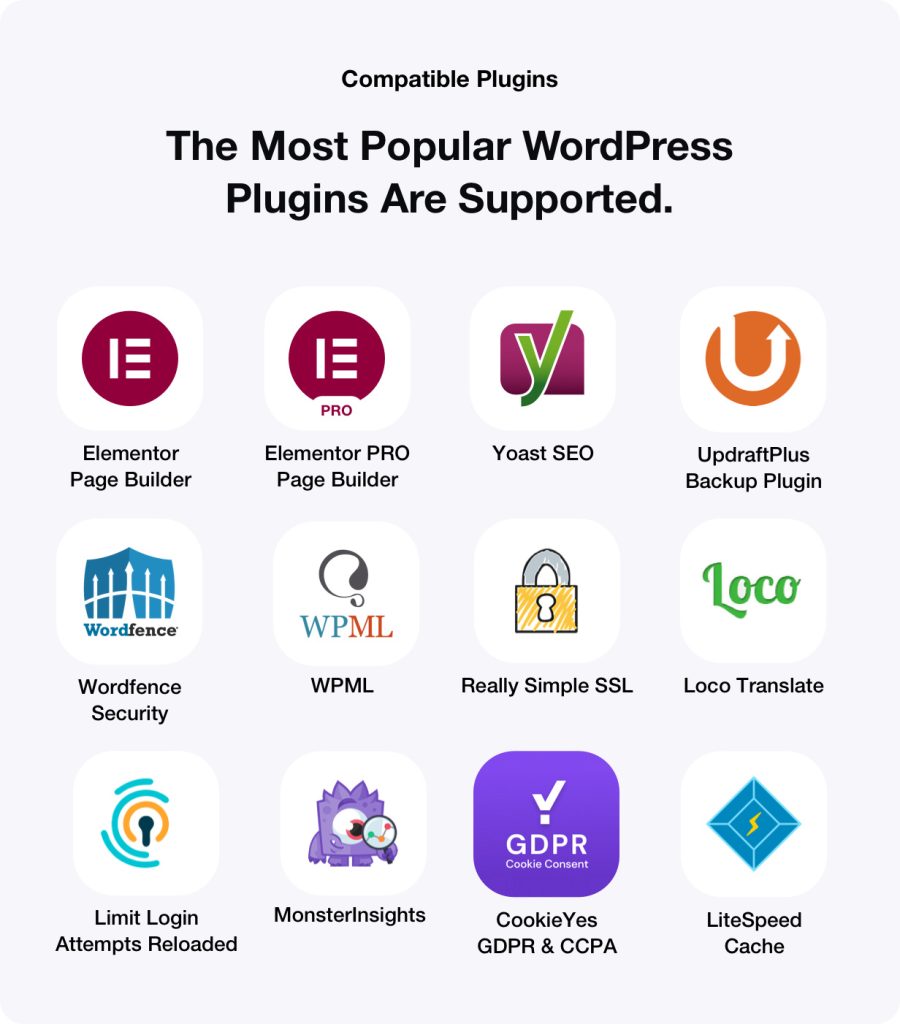The field of Artificial Intelligence (AI) has continued to witness rapid advancements in 2024, with new models, tools, and applications emerging that push the boundaries of what AI can achieve. Companies are investing heavily in developing sophisticated models with capabilities that span multiple domains, catering to the needs of industries ranging from healthcare to cybersecurity. This article explores these groundbreaking developments, focusing on newly released AI large models like Google Gemini 1.5 Pro, tools and APIs introduced across various industries, and specialized technologies that address unique challenges.
.
**Google Gemini 1.5 Pro: A New Standard in Multimodal AI**
Among the most significant developments in 2024 is the launch of Google Gemini 1.5 Pro. This advanced large model offers incredible multimodal capabilities, allowing users to process and analyze text, images, and audio inputs in a seamless manner. The integration of these functionalities signifies a major step forward in creating AI systems that can interpret and generate content across different formats simultaneously.
Google has enhanced Gemini’s context understanding to support extended interactions, enabling businesses to have deeper conversations with AI. This is particularly useful in sectors such as healthcare, where patient history may derive from various forms of data—charts, notes, and images. For instance, a doctor could input a patient’s symptoms verbally while including an image to receive a comprehensive overview of potential diagnoses (Source: Google AI Blog, 2024).
Moreover, Gemini 1.5 Pro’s scalability is noteworthy, accommodating larger datasets for training more fine-tuned models. This means industries can expect more personalized AI services tailored to their specific challenges. As models like Gemini continue to evolve, we anticipate a significant impact on how businesses leverage AI for decision-making processes and operations.
.
**Advanced Tools and APIs: Bridging AI with Business Needs**
In line with the development of large models, 2024 has also seen a suite of new AI tools and APIs tailored to various industries. These tools are designed to bridge the gap between complex AI functionality and practical business needs, facilitating seamless integration into existing workflows.
One of the standout releases is OpenAI’s API enhancements, which now includes support for real-time data analysis through advanced Social Media Engagement Analysis capabilities. This tool allows marketers to gauge customer sentiment more accurately and identify trends through real-time engagement metrics. Companies can benefit from this by developing more targeted campaigns that resonate with their audiences (Source: OpenAI Updates, 2024).
In the realm of business automation, UiPath announced an upgrade to its RPA platform that enables businesses to automate onboarding processes by using AI-driven task recognition and intelligent image segmentation capabilities. This reduces human error and accelerates workflows, making it easier for companies to scale operations without sacrificing quality or compliance. The result is a more efficient workforce capable of focusing on higher-value activities (Source: UiPath Newsroom, 2024).
.
**Emerging AI Technologies: Reliability and Debiasing Efforts**
While OpenAI and Google’s models continue to shape the landscape, an equally vital aspect of AI in 2024 is the emergence of technologies designed to tackle ethical concerns, particularly in the reliability and debiasing of large language models (LLMs). Companies are investing in developing models that mitigate biases, improving the fairness and accuracy of AI-generated outputs.
Allganize has released a new version of its language model, which incorporates a wide range of debiasing techniques aimed at promoting fairer AI interactions. This is particularly crucial for applications in sectors such as education and customer service, where biased outputs can have significant adverse effects. Stakeholders can now rely on AI systems that are less susceptible to bias, ensuring that decisions drawn from these models are equitable (Source: Allganize Release Notes, 2024).
Furthermore, automated monitoring tools developed by companies like Clarifai provide essential checks for biases and inaccuracies in AI outputs. The rise of such technologies represents an important step in establishing trust in AI systems. Industries can now rest assured that their AI technologies contribute positively to their goals while prioritizing ethical considerations.
.
**Innovative Product Launches for Diverse Industries**
In tandem with advancements in AI models and APIs, innovative products tailored for specific industries have also been on the rise. Several new offerings are set to transform sectors like enterprise management, cybersecurity, and creative industries.
For instance, Darktrace’s latest AI-powered cybersecurity product utilizes self-learning AI to proactively identify and mitigate threats in real time. By employing advanced algorithms to analyze network behavior, Darktrace provides organizations with critical insights into potential vulnerabilities, thereby enhancing their security posture. This product promises to reduce the occurrence of data breaches and improve response times, ultimately boosting operational resilience (Source: Darktrace Annual Report, 2024).
In the creative domain, Adobe has launched a suite of tools that incorporate generative AI capabilities, allowing designers to manipulate and produce images efficiently. These tools offer enhanced content creation capabilities, granting creatives the freedom to explore and develop ideas without getting bogged down by technical constraints. One notable feature is the advanced image segmentation tool that allows users to isolate specific elements within a photo and adjust them independently, opening up new avenues for artistic expression (Source: Adobe Creative Cloud Updates, 2024).
.
**Impact on Major Industries: Healthcare, Business Automation, and Education**
The innovations discussed are poised to make a significant impact across several industries. In healthcare, AI models like Google Gemini 1.5 Pro present opportunities for more accurate diagnostics and personalized patient care. As accumulations of patient data increase, the need for powerful models that can synthesize this information in real time becomes increasingly critical.
For business automation, tools like UiPath and OpenAI’s API solutions are facilitating smoother workflows and enhancing operational efficiency. With capabilities that enable precise data processing and task automation, organizations can achieve cost savings and boost overall productivity.
In education, the use of reliable and debiased LLMs will enhance personalized learning experiences, catering to individual student needs while reducing inequities that can arise from biased AI interactions. Educational institutions can harness these advancements to provide more engaging and tailored tutoring mechanisms.
.
**Conclusion: The Future of AI in 2024 and Beyond**
As we proceed through 2024, the rapid pace of developments in AI large models, tools, and specialized technologies signals a transformative era for various industries. With Google Gemini 1.5 Pro leading the charge in multimodal capabilities and other companies following suit with innovative solutions tailored for specific industry needs, the future looks promising.
The combination of enhanced functionalities, a focus on ethical practices, and the adoption of cutting-edge technologies will shape how organizations approach AI. By aligning these advancements with their strategic goals, businesses can better prepare for the challenges ahead and leverage AI as a powerful ally in their quest for innovation and efficiency. As the AI landscape evolves, staying updated on these trends will be essential for any organization aiming to thrive in an increasingly digitized world.
.

























